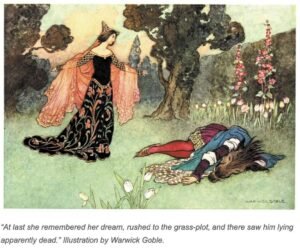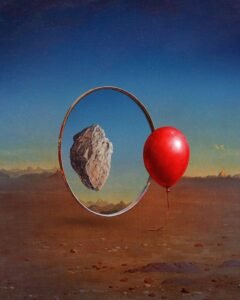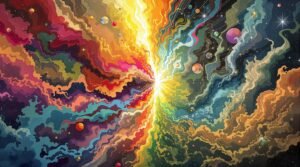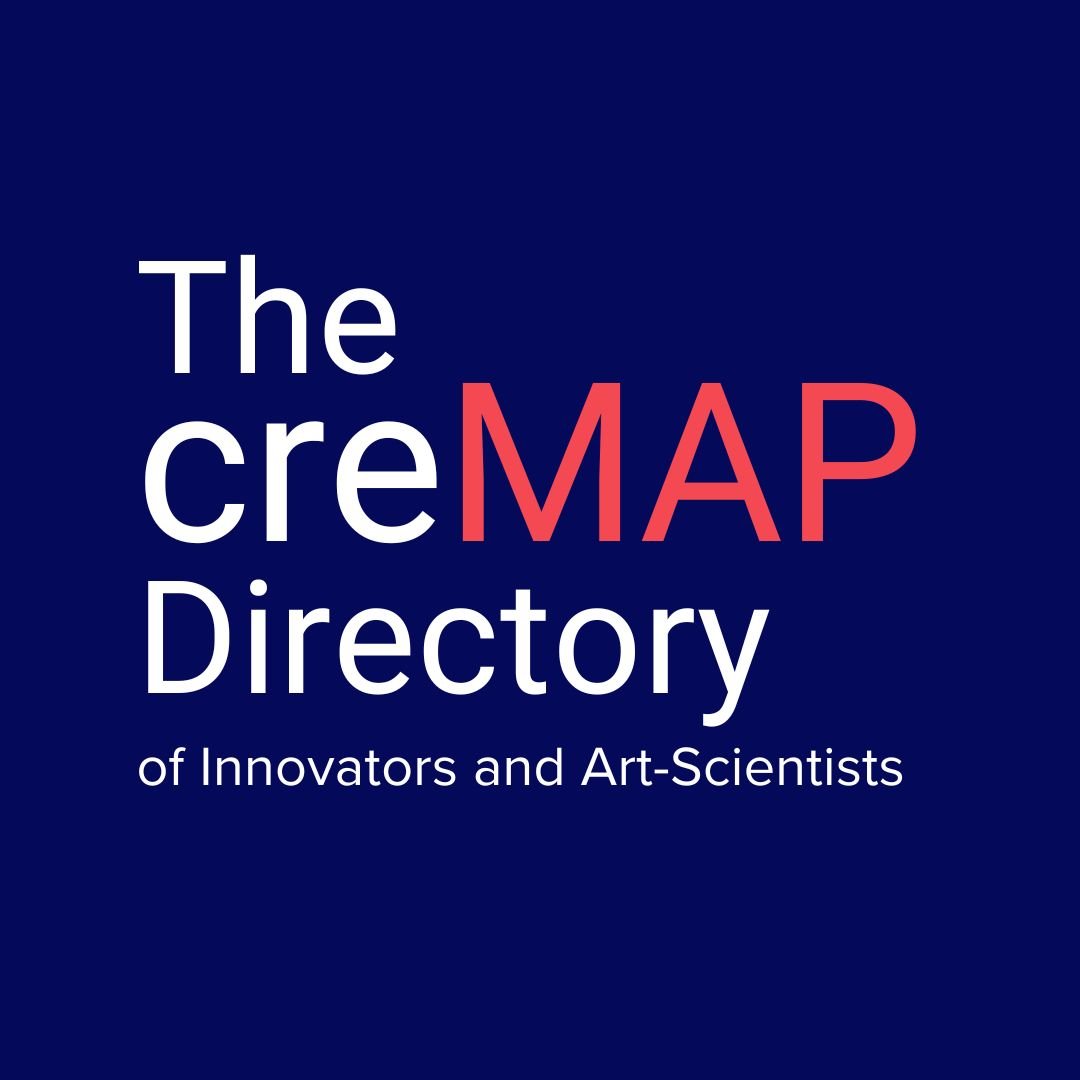For neuroscientist and musician Dr. Robert Zatorre, sound is a window into how the brain makes meaning. . A professor at the Montreal Neurological Institute of McGill University, his work sits where music and neuroscience overlap. “I’m really interested in speech and music,” he explains, “the two most important ways we use sound to communicate with one another.” That simple idea has guided a career at the intersection of neuroscience and art, revealing how music can unlock questions about learning and creativity.
Zatorre traces his path to a dual fascination with science and music back to adolescence. He did a degree in music while maintaining scientific training and eventually realized he was “a better scientist than I was a musician.” Still, music stayed with him. He argues music is a unique window into cognition because it touches so many capacities simultaneously—perception, motor control, learning and emotion—and thus offers “an avenue into those aspects of cognition that may not be so easy to address from other perspectives.”
Zatorre describes how his research has evolved alongside the field of music neuroscience itself. In the early years, the idea of studying music scientifically was met with scepticism. “Back in the late seventies and early eighties, people would say, ‘Music and neuroscience? What are you talking about?’” he recalls. Musicians, too, were uncertain about the idea, fearing science might oversimplify artistic experience.
Collaboration changed that. As evidence of musical training’s impact on the brain began to appear, attitudes shifted. Musicians became partners in research, helping scientists design studies that respected both artistic and empirical knowledge.
From the Organ Bench to the Brain Discovery
Zatorre describes a practical methodological arc: start simple, then build complexity. Early music neuroscience used simple tone patterns or sine waves to isolate basic principles tied to physics, such as harmonic series and the fundamentals of sound. Those simple materials were a deliberate choice. “If you start with something too complicated, it will be very hard to understand what’s going on,” he explains. Having established fundamentals, the field can now use more realistic music and modern algorithms that extract acoustic features and track how those features evolve over time, letting researchers probe brain responses in a finer-grained way.
A major breakthrough came from his lab roughly two decades ago. They showed that musical pleasure activates the brain’s dopamine system, the same network involved in reward and motivation. “That was a turning point,” he reflects. “It helped people see that music is not just a cultural expression. It’s a biological process tied to emotion and learning.”
As a student, he set out to study the organ because of a love for organ sounds in rock bands; an organ teacher nudged him toward Bach, and that detour shaped his musicianship. Today, he keeps a digital organ in his lab as a valuable tool for studying sensory-motor integration in organ performance, since playing the organ engages both hands and feet in a way few other instruments do.
Inviting Students into the Process
When asked about his approach to mentorship, Zatorre’s eyes lit up. “The best science comes from people working on questions that truly matter to them,” he says. Rather than assigning fixed projects, he encourages students to explore topics that align with their own curiosity. “What interests you? What fascinates you? What are the questions that keep you up at night?”
He believes this sense of ownership transforms how students engage with research. “Once they feel that the question is theirs, … they motivate themselves.” In his lab, projects range widely from memory and emotion to speech and musical performance, reflecting his belief that diversity of thought leads to better science.
In his view, students bring ideas he does not have; their lived experiences generate novel directions. He says this discovery-oriented model produces motivated researchers and better science. “If I’ve done something once or twice,… I want to do something new… Science should be fun. That’s my philosophy.”
The Art of Embracing Complexity
Throughout his career, Zatorre has remained fascinated by how music reveals the brain’s capacity for adaptation and creativity. He sees both music and neuroscience as explorations of complexity rather than attempts to simplify it. He argues that wonder is essential to scientific work. “We don’t talk enough about wonder in academia, but it’s what keeps research alive.” That sense of awe—of listening deeply and asking why—has guided his studies for decades.
What once seemed like an unlikely pairing, music and neuroscience, is now a thriving field. For Zatorre, its growth is a reminder that curiosity often begins in unexpected places. “If you’re interested in something, follow it,” he says. “That’s how new ideas emerge. That’s how learning happens.”
Reference
Zatorre, R. (2025, July 18). Art-Sci Currents Interviews, Ep.8 – Resonant Curiosity [Interview by N. John].




